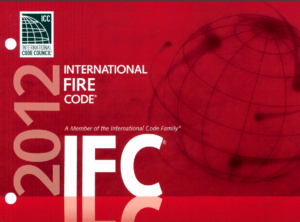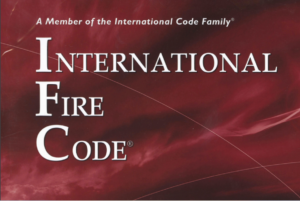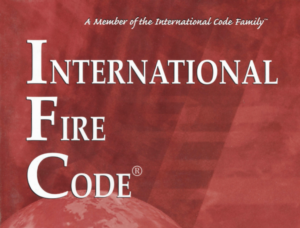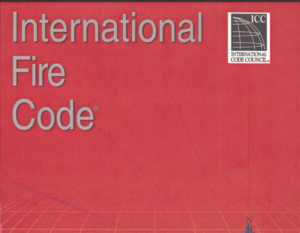The 2009 International Fire Code (IFC) provides comprehensive guidelines designed to enhance fire safety in various building types and environments. The code establishes requirements for fire prevention, building features, emergency planning, and the use of hazardous materials. It also addresses the management of specific facilities and activities that pose potential fire hazards, such as dry cleaning operations, the storage of flammable liquids, and the use of industrial ovens.
The chapters of the IFC are methodically organized to cover all aspects of fire safety. These include general provisions, emergency planning, fire service features, fire protection systems, and means of egress. Each chapter includes definitions specific to its content to ensure clarity and enforceability. Special attention is given to the installation, maintenance, and operation of building systems that could impact fire safety, such as electrical systems, fuel-fired appliances, and mechanical refrigeration.
Significantly, the IFC integrates human factors into fire safety through requirements for emergency planning and training, emphasizing the importance of preparing building occupants for fire emergencies. This preparation enhances the effectiveness of built-in fire protection systems and facilitates efficient evacuations and emergency responses.
Overall, the 2009 IFC aims to mitigate fire risks in both new and existing structures by setting forth rigorous standards for construction, operation, and maintenance. These standards ensure that buildings are equipped to prevent fires and protect occupants and emergency responders should a fire occur. The code’s structured approach to defining and applying these standards makes it a crucial tool for building safety professionals.






